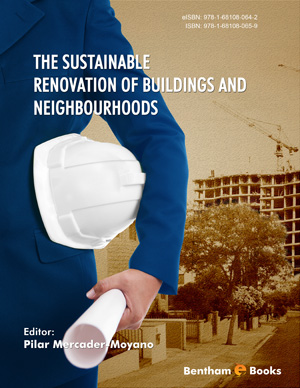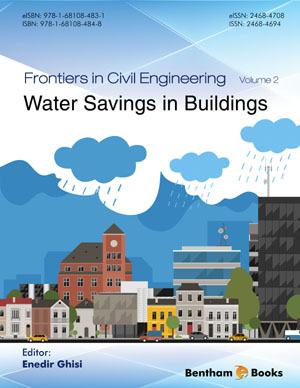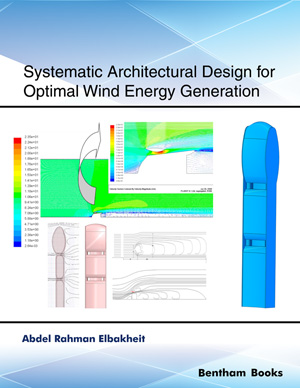Abstract
There is a specific urban fabric within Spanish towns that consists of neighbourhoods, built in the twentieth century between the late fifties to the midseventies, made of open blocks. These neighbourhoods (or ‘barriadas’) have inherited the state’s answer to the major housing shortage at the end of the wars of the midtwentieth century: work processes with short execution times, reduced costs, poor and emerging industrialised production, and comfort standards greatly inferior to today’s minimum demands. These factors may lead to the removal of these occupying households from the housing market, or to condemn a large number of dwellings to marginality. Within these neighbourhoods, this research focuses on those whose design is the result of the repetition of one or more residential typologies of collective housing. Thus, residential complexes of urban character are set up and can be observed as episodes within the city rather than as autonomous elements. The ultimate goal of this research is the assessment and minimisation of environmental impact caused by these types of fabrics in cities. The objective is to identify the key areas that contribute towards achieving environmental refurbishment. To this end, a system is proposed of indicators that focus on those areas responsible for the imbalances produced in urban ecosystems. This indicator system is based on a comprehensive study of the current systems of both urban and building indicators of sustainability. As a result, a new system of indicators adapted to this specific situation is developed.
Keywords: There is a specific urban fabric within Spanish towns that consists of neighbourhoods, built in the twentieth century between the late fifties to the midseventies, made of open blocks. These neighbourhoods (or ‘barriadas’) have inherited the state’s answer to the major housing shortage at the end of the wars of the midtwentieth century: work processes with short execution times, reduced costs, poor and emerging industrialised production, and comfort standards greatly inferior to today’s minimum demands. These factors may lead to the removal of these occupying households from the housing market, or to condemn a large number of dwellings to marginality. Within these neighbourhoods, this research focuses on those whose design is the result of the repetition of one or more residential typologies of collective housing. Thus, residential complexes of urban character are set up and can be observed as episodes within the city rather than as autonomous elements. The ultimate goal of this research is the assessment and minimisation of environmental impact caused by these types of fabrics in cities. The objective is to identify the key areas that contribute towards achieving environmental refurbishment. To this end, a system is proposed of indicators that focus on those areas responsible for the imbalances produced in urban ecosystems. This indicator system is based on a comprehensive study of the current systems of both urban and building indicators of sustainability. As a result, a new system of indicators adapted to this specific situation is developed.












